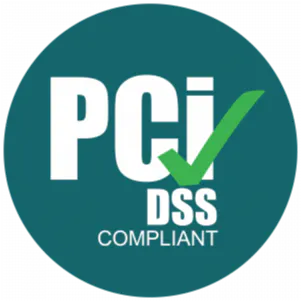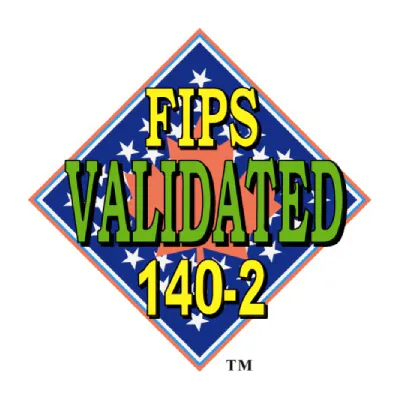Container Secrets Management
As businesses grow larger and more complex, the need to focus on cybersecurity rises alongside the threat of data breaches and leaks. Another trend that’s been on the rise is application containerization.
Putting them together, we have container secrets management. Secrets, which are crucial to container security, are the tools used to authenticate users and authorize access to certain containers, and their proper management ensures that a company keeps its API keys, tokens, passwords, and other secrets safe.
What Is Container Secrets Management?
Containers make it easier to work with the dependencies and underlying software of an application. As containerization becomes more common, cyberattacks directed toward it go up as well. Security teams must now protect not only the contents of a container but also the container itself from the applications inside it.
Containers use secrets to reduce the risk of exposure to unauthorized entities. Keep in mind that secrets differ from identifiers, which are the usernames or TLS certificates that can be shared in a limited capacity. They are less risky than secrets but still need proper encryption key management.
The Unique Challenges for Secrets of Containerized Apps
Containers actually have three layers to protect: the host that runs the container, the container that runs the image, and the image itself. On top of that, containers change constantly and usually must access external resources like APIs and databases.
Restricting access through secrets can become a challenge, especially as the business scales. Many containerization services like Kubernetes and Azure Container Instances have a secrets management solution built-in, such as Kubernetes Secrets and Azure Key Vault.
However, the drawback to using some of these services is that you are locked into the vendor you choose and have limited ability to deploy in a multi-cloud environment.

Where To Put Your Trust
Secrets and cybersecurity in general lies in deciding who you trust and which permissions to grant to each user. Some concepts to understand are:
- Root of Trust. In every cryptographic system, you need at least one source that you can always trust. A root user, a machine’s CPU and RAM, and the secrets management tool itself are assumed to be trustworthy. Many companies use a Hardware Security Module (HSM) for this. Akeyless acts as a virtual HSM with SOC II Type 2 certification.
- Circle of Trust. Not everyone gets the same amount of permissions. You have Root of Trust entities, but most users receive selective trust and limited permissions like employees and cloud services.
- Chain of Trust. Secrets that pass through the business end up being passed along among various entities. Each step in the process is a link in a chain, and part of maintaining security is having full visibility into this Chain of Trust.
Role-based access control is a feature specifically for designating permissions based on the privileged access of the user.
Best Practices of Container Secrets Management
So what are the strategies developers and security teams use for handling secrets with regards to containerized applications?
- Avoid storing secrets in the container image. The image itself is accessible to anybody with the source code, and the secrets end up getting leaked into logs and repositories easily. Also, changing the secret later requires redeploying the code.
- Rotate secrets. Changing a secret every now and again ensures that, if a secret is leaked without your knowledge, it doesn’t stay compromised for long. Secret rotation has always been a standard security practice in case any secrets leak into logs or cache data.
- Automatically create and store secrets. You’re probably aware that passwords generated by human employees are rarely secure. Most secrets management tools have automatic password generation as a feature. Similarly, avoid storing the secrets anywhere else other than the dedicated manager.
- Implement RBAC, or role-based access control as mentioned earlier. Every human or application only needs the minimum secrets required to operate, nothing more. This strategy minimizes the attack surface of an organization. For instance, only allow the processes running inside a container to have privileged access. It is important to utilize the Principle of Least Privilege (PoLP) to ensure security.
- Run audits regularly. Centralized audit trails are the key to knowing all the key security events. They also help prove your compliance.
- Prepare for incidents. No matter how well you design a secrets DevOps workflow, there will always be the chance of unauthorized access and potential compromise. A security monitoring feature is a must to identify incidents as early as possible, as is a response plan for handling the breach. Robust vault secrets management is required here to disable the access and take full control of leaked passwords and keys.
Cybersecurity and container secrets management should be instilled into the culture of a business, especially since almost all staff members are partly responsible. To that end, consider deploying a key management system (KMS), such as Akeyless, which is also a virtual HSM.
Unlike companies of the past, we cannot rely exclusively on passwords and firewalls. Don’t expose the confidential data of your business and customers by neglecting to encrypt data with a KMS. It’s advised to have different encryption keys for individual files and to share only the minimum amount of access at a time. It can be tedious to manage all these keys, but a DevOps secrets vault makes it easy. Cloud applications like AWS can automatically generate and manage these keys.










